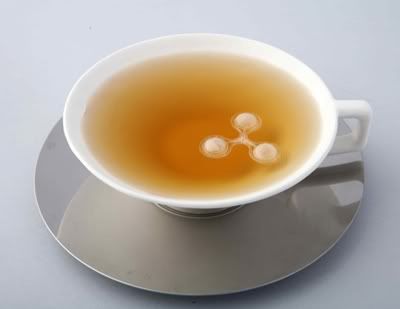Image: Mark Pinder.
'Consisting of blue glass from recycled Harvey's Bristol Cream bottles set in white resin',
Blue Carpet by Heatherwick Studio won the design competition in Newcastle upon Tyne, UK for the city's first new public square. Before the launching of Blue Carpet 2002, the long narrow site was more of a disused road than a square although it is close to the city's busy inner ring road while surrounded by different types of buildings. After 2002, number of visitors for Laing Gallery in the square has increased by 57%.
The design:
'The space was unified with a single surface using tiles, developed for the project over four years, consisting of blue glass from recycled Harvey's Bristol Cream bottles set in white resin. The surface articulates around trees and distorts as it meets buildings, and is perforated around bollards and peeled back to form benches. The square's trees, imported from Germany and Holland, were the largest ever imported and transplanted in this country.
The studio also designed a new staircase into the square, a spiral of laminated wood fabricated in situ by a firm of traditional Tyneside boat-builders.'
- Heatherwick Studio.Blue Carpet went on to win a D&AD silver award and The Worshipful Company of Paviours' annual prize.
Image: Mark Pinder.
a+. heatherwick studio
a+. mark pinder Read more...



























